Manufacturer: MSI
UK price (as reviewed): £379.99 (inc. VAT)
US price (as reviewed): $389.99 (exc. tax)
Nvidia’s RTX 2060 card is the least expensive means of obtaining the ability to turn on real-time ray tracing and DLSS in games, or at least in the handful of titles that support these features. Thus far we’ve looked at four models, including Nvidia’s excellent Founders Edition, some basic models from Palit and Zotac, and the stupidly expensive Asus ROG Strix version. Entering the arena today, though, is the MSI Gaming Z version; at £380 it’s pretty pricey and carries a £50 (15 percent) premium over the Founders Edition, but it’s not so expensive as to make opting for the £460 RTX 2070 instead immediately the better choice, and it has plenty of features too.
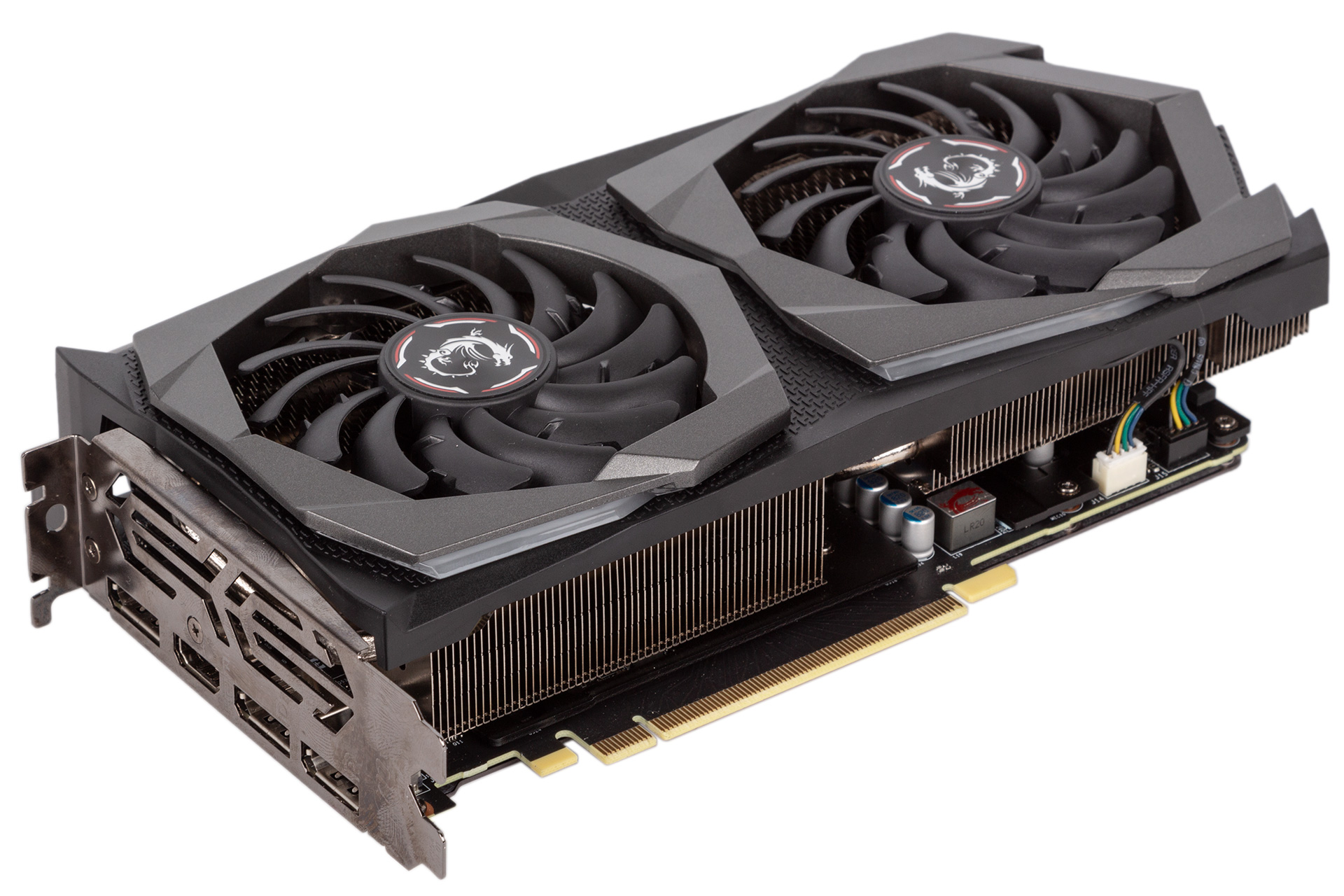
As MSI’s most premium RTX 2060 offering the Gaming Z comes with a decent nine percent overclock of 1,830MHz on the boost, which is the same as we saw from both Asus (more expensive) and Palit (less expensive). The GDDR6 memory as ever remains clocked at the stock frequency of 14Gbps, and there is no secondary BIOS.
The card’s 247mm of length will be accommodated by most cases, but some users will have to watch out for the extra height. The 2.5-slot design also means that three expansion slots will be taken up too, so it's certainly bulky but not quite monstrous in size.
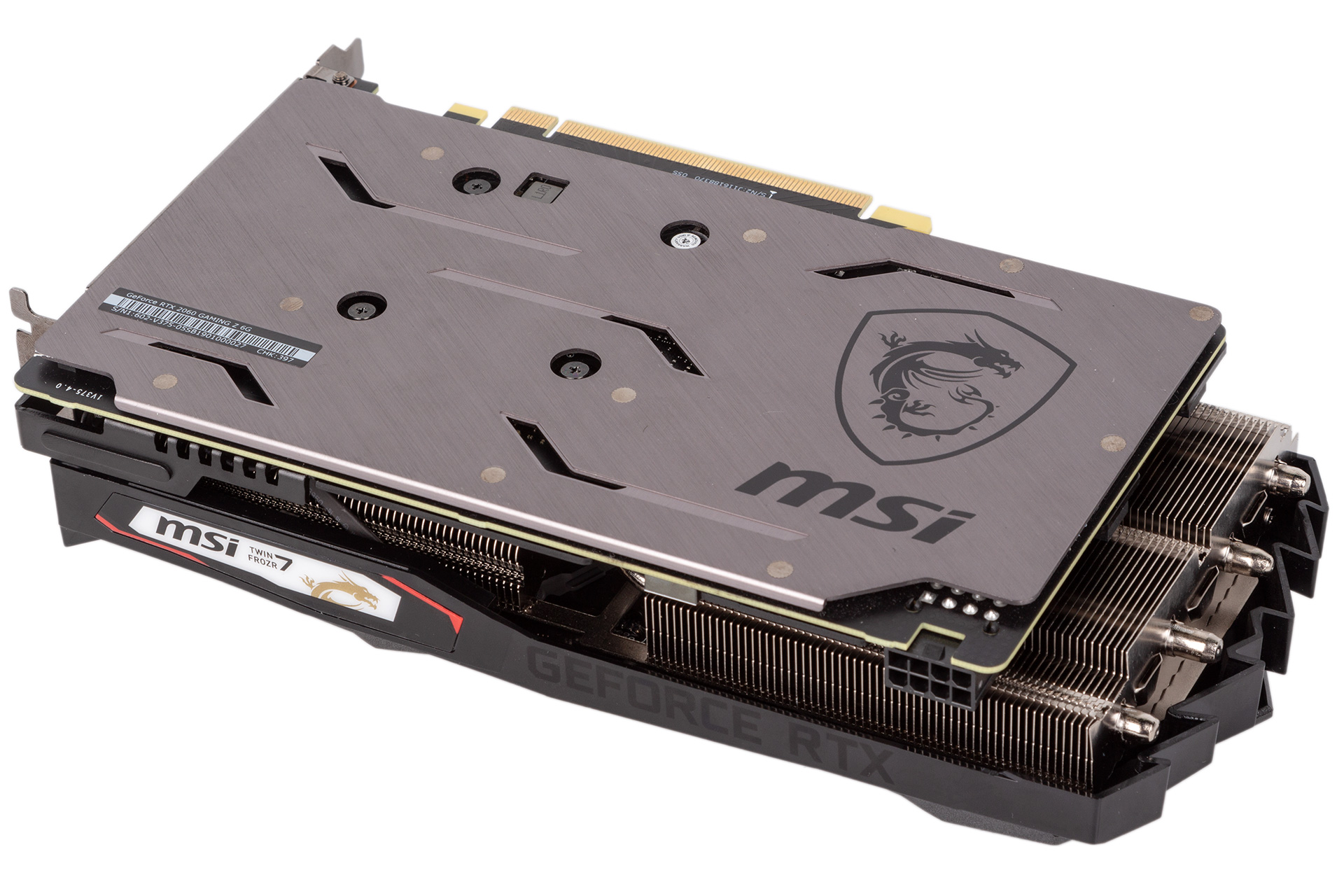
Made from plastic, the cooler shroud opts for neutral tones with a drop of red on the fans. We’d prefer a metal shroud, but the combination of a brushed metal backplate and a bracing bracket as part of the cooler design ensures that build quality is very high nonetheless.
RGB lighting of course makes an appearance, but this time it’s nice and subtle. There are four strips on the front fascia, and one additional section for the logo area along the top edge. As ever Mystic Light can be used to customise and synchronise these areas.
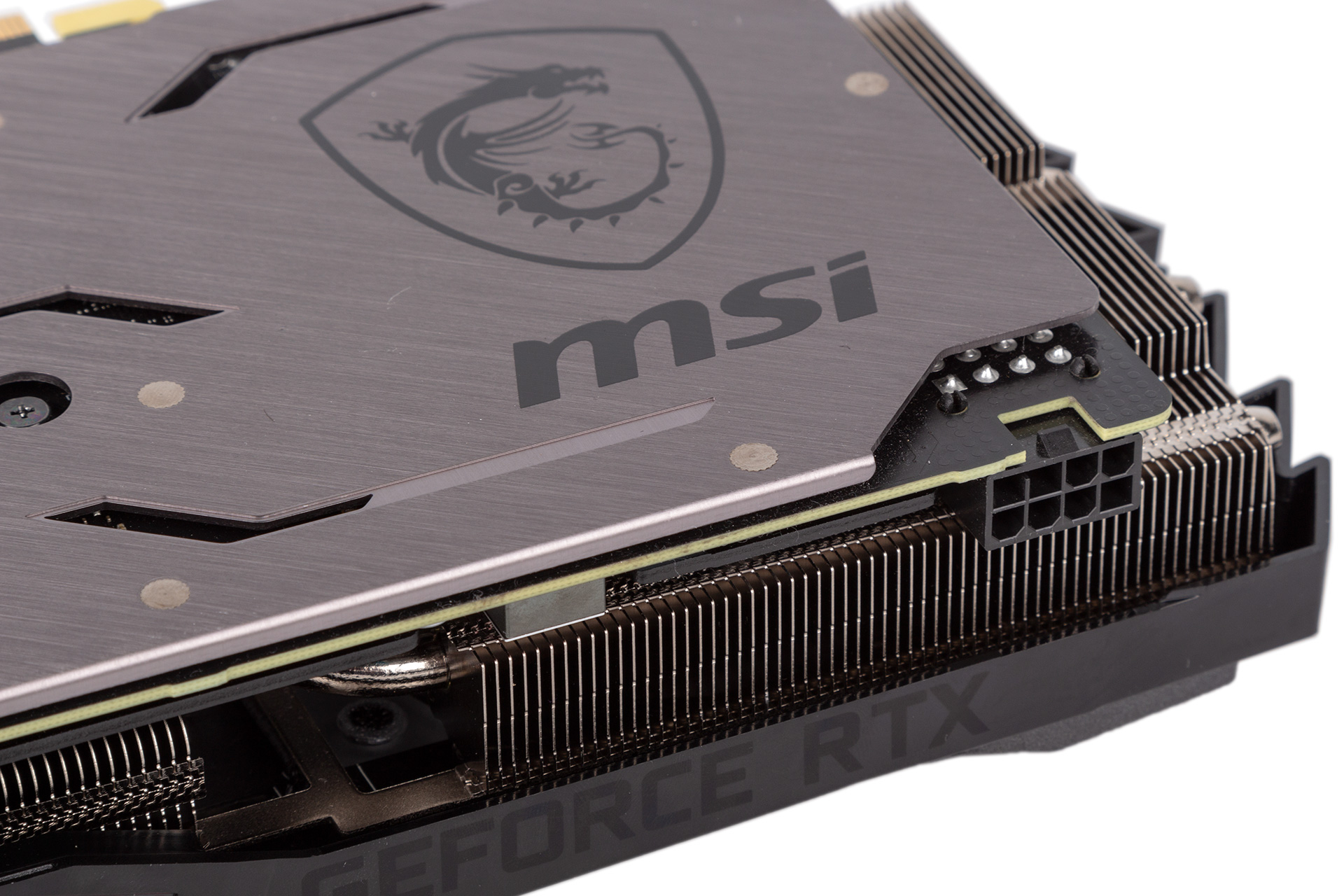
The additional clock speed gives the card a 190W TDP compared to 160W on the Founders Edition and other stock-clocked units. Still, the single eight-pin PCIe connector MSI uses will be plenty enough for this in conjunction with the PCIe slot itself and still leaves headroom for overclocking. The connector is not indented, though, which is a small negative, as it means PSU cables will add to the already considerable height of the card, potentially impacting on side panels or windows of small cases.
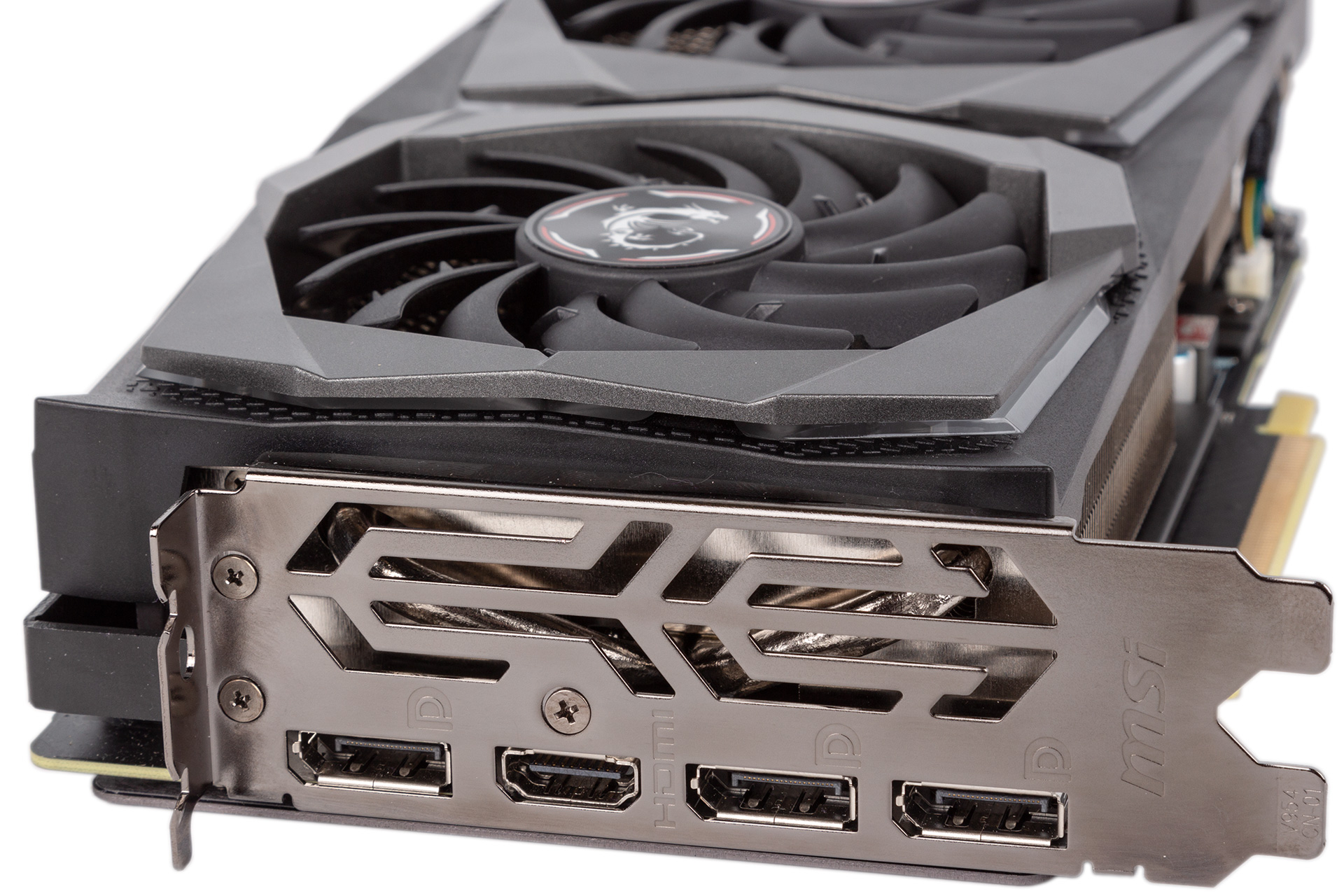
DVI connectivity is dropped in favour of a third DisplayPort, and HDMI is included too as usual. This makes sense for modern screens, but some customers using older display hardware might be inconvenienced – motivation for a monitor upgrade, perhaps? There is no USB Type-C VirtualLink connectivity, but this is common across RTX 2060 partner cards, and we understand Nvidia is advising partners not to include it for this GPU. Anyone wishing to use G-Sync or FreeSync will need to do so over a DisplayPort connector.
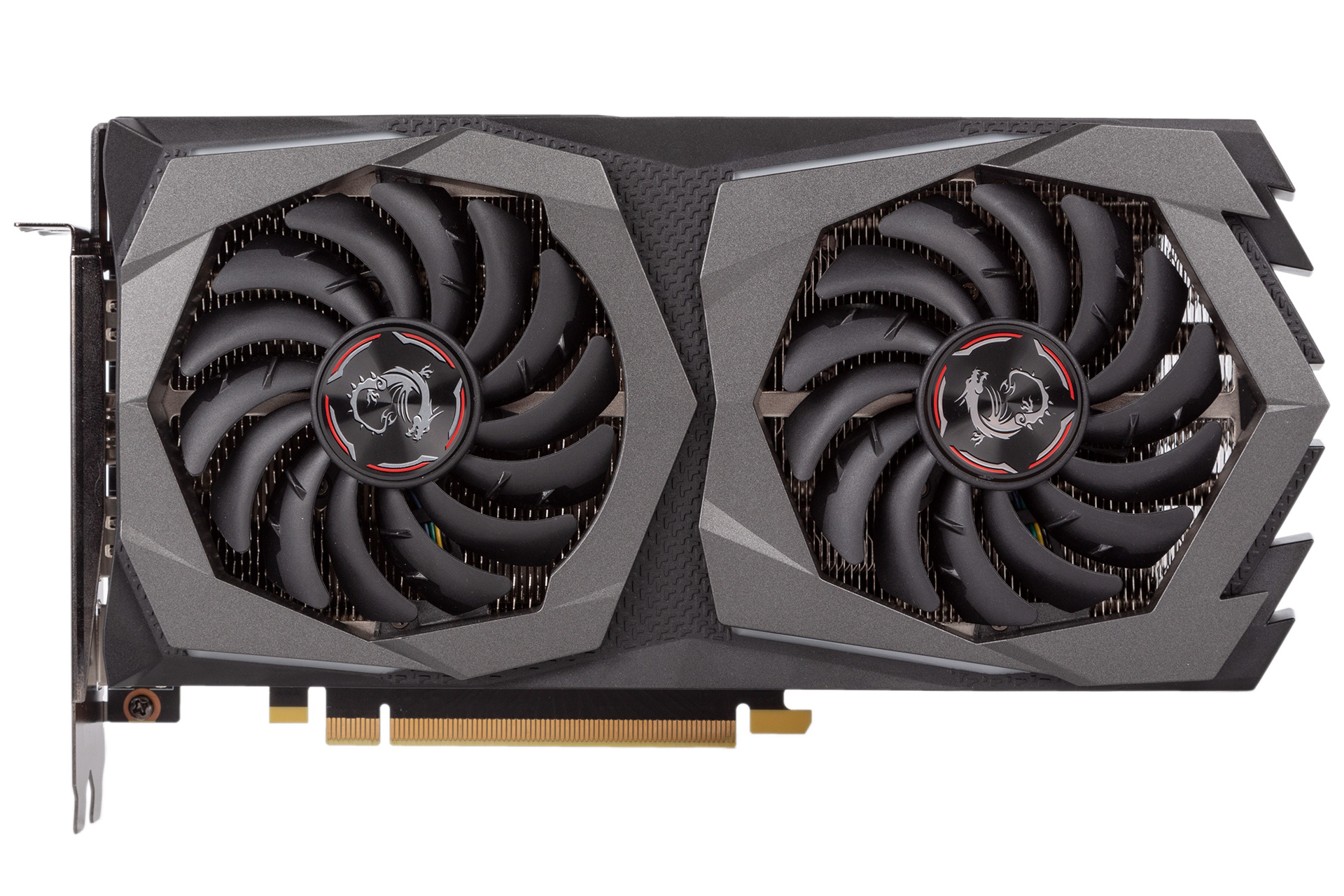
MSI implements a variant of its latest and greatest cooling solution for this card: Twin Frozr 7. Providing airflow is a pair of large Torx 3.0 fans, which have an alternating blade design, with a ‘traditional’ blade for generating airflow and a ‘dispersion’ blade for boosting static pressure. The open shroud means heat from the fans is dumped in your chassis, mostly out of the top and bottom, which means your M.2 SSD might receive a blast of heat. The fans are semi-passive too (MSI calls this Zero Frozr), so whenever the GPU is under 60°C you will have blissful silence thanks to the fans being totally turned off.
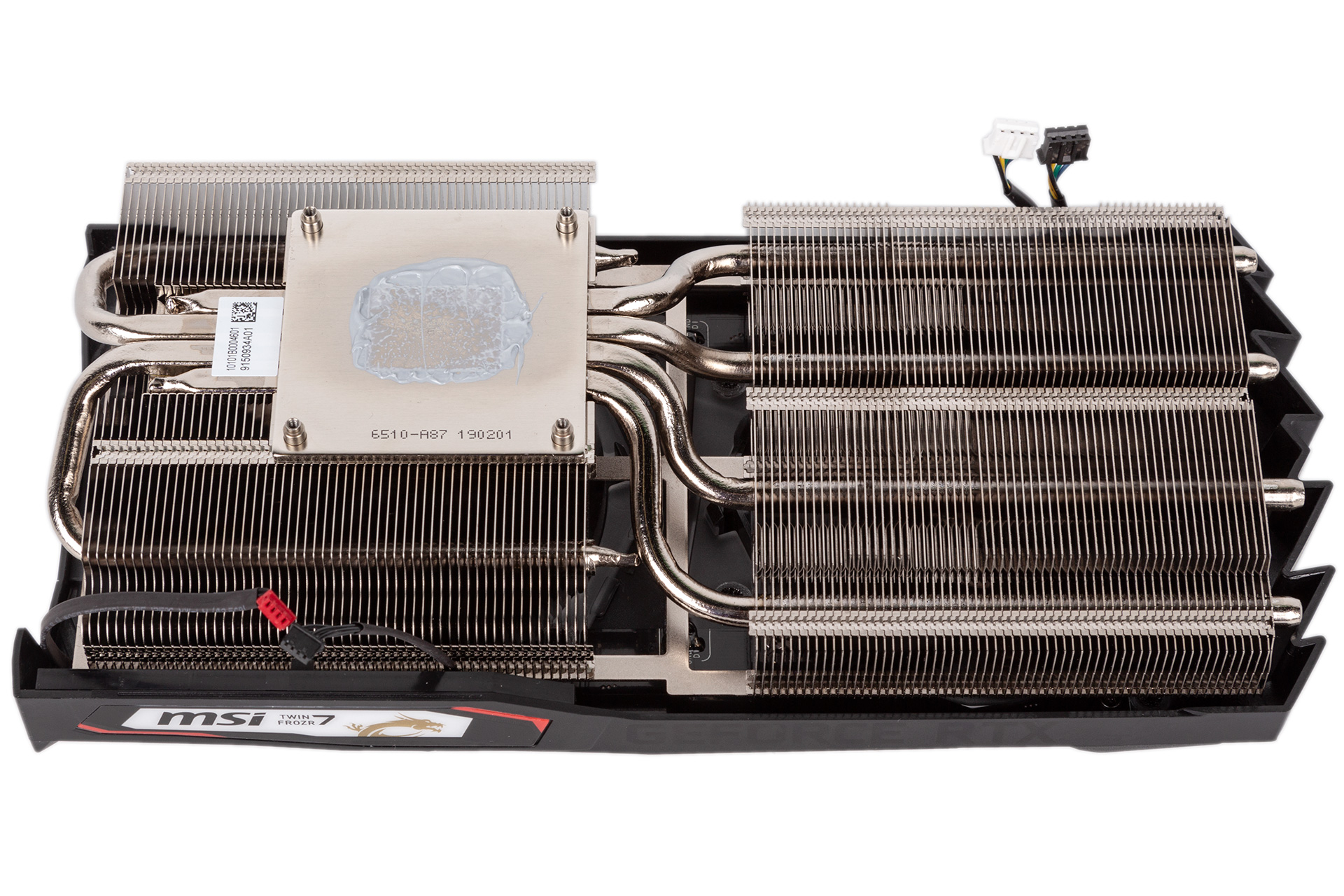
The heatsink could hardly be easier to remove since it’s attached by four screws. In this design MSI deploys four 6mm copper heat pipes and dual aluminium fin stacks. The pipes are packed tightly together above the GPU and the copper contact plate, and all copper sections are nickel-plated – a nice finishing touch. The fin stacks fill out the volume of the card well, so space isn’t wasted, and part of the Twin Frozr 7 design are the ‘wave-curved’ fins, a shape MSI says allows for a smoother passing of airflow and lower noise. Similarly, air is said to be guided towards the heat pipes, allowing the airflow to be more effective at removing heat. As ever, the proof of these claims will be in the performance testing.
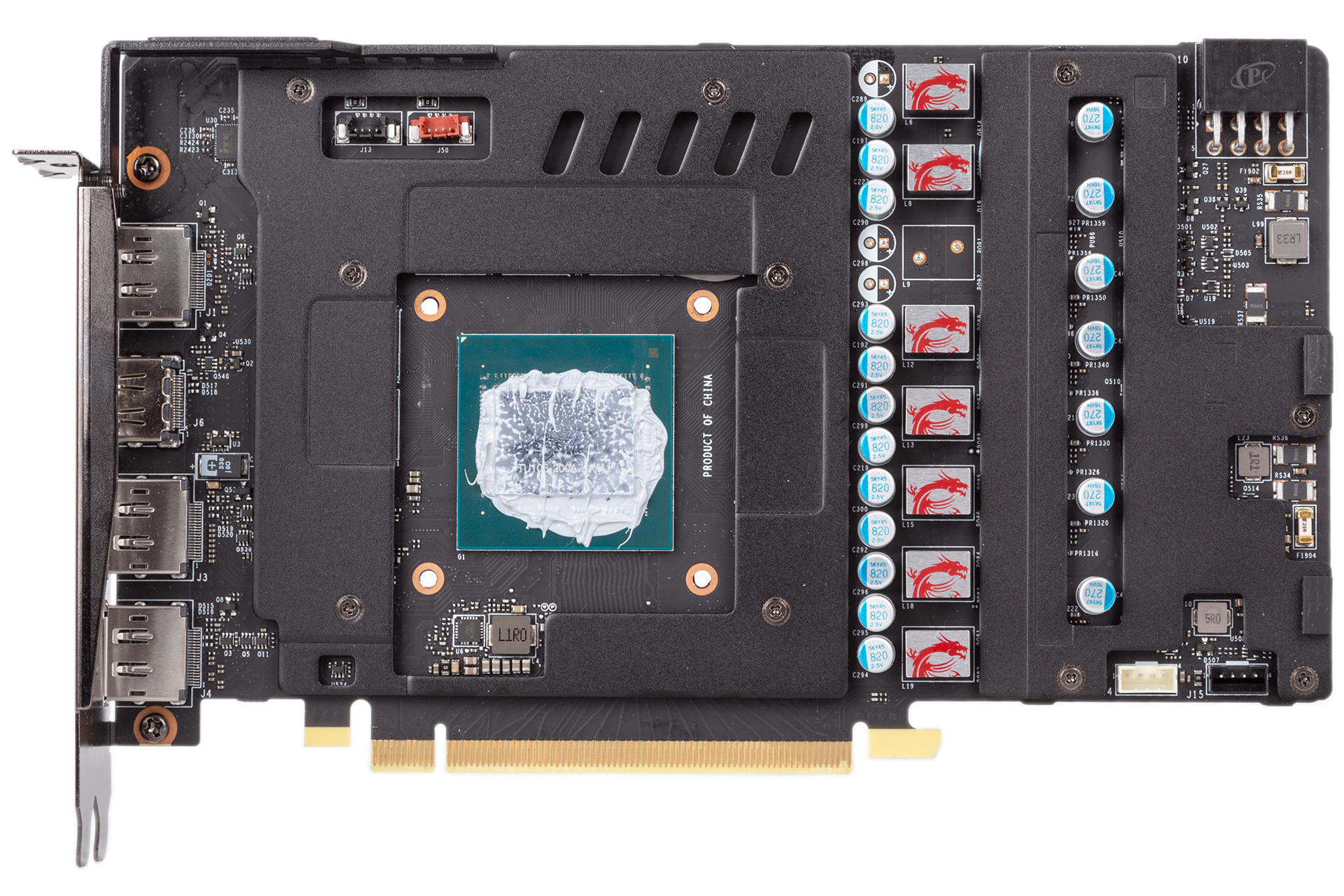
Since this is an overclocked card, MSI is using one of the binned ‘-A’ variant GPUs as per Nvidia’s rules. It also uses what looks like a 5+2 phase power configuration, and as you can see a metal contact plate is used to cool the MOSFETs as well as the GDDR6 memory packages. This also serves as an anti-bending mechanism by being fastened to the rear I/O, but it makes no direct contact with the main heatsink, instead relying solely on airflow that filters through. The backplate, meanwhile, is not connected with any thermal pads, so heat dissipation isn’t maximised.
A three-year warranty is another little bonus, as some competitors only offer the standard two here.
Specifications
- Graphics processor Nvidia GeForce RTX 2060, 1,365MHz (1,830MHz boost)
- Pipeline 1,920 stream processors, 240 Tensor Cores, 30 RT Cores, 120 texture units, 48 ROPs
- Memory 6GB GDDR6, 14Gbps effective
- Bandwidth 336GB/sec, 192-bit interface
- Compatibility DirectX 12, Vulkan, OpenGL 4.5
- Outputs 3 x DisplayPort 1.4, 1 x HDMI 2.0b
- Power connections 1 x eight-pin PCIe, top-mounted
- Size 247mm long, 129mm tall, 52mm tall ('2.5-slot')
- UK warranty Three years

MSI MPG Velox 100R Chassis Review
October 14 2021 | 15:04

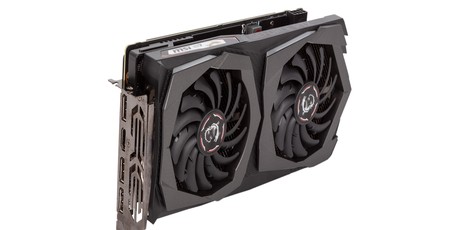
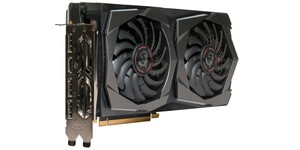
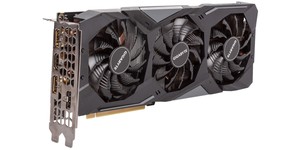
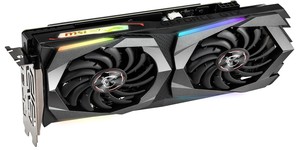




Want to comment? Please log in.